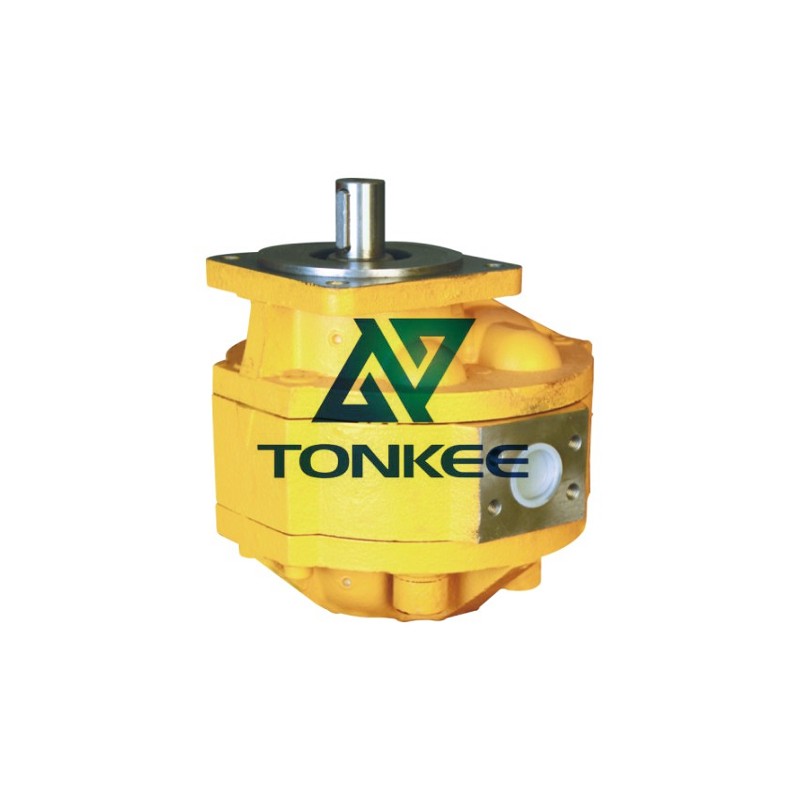
The CBG2100 gear pump is designed to provide a steady flow of hydraulic fluid, making it ideal for applications that require constant pressure and fluid delivery.
It consists of two meshing gears, a driving gear, and a driven gear. As the driving gear rotates, it creates a vacuum that draws in the hydraulic fluid and moves it between the gear teeth. This displacement action results in a continuous flow of fluid.
One of the key specifications of the CBG2100 gear pump is its flow rate. It has a maximum flow rate of X liters per minute (LPM) or Y gallons per minute (GPM). This flow rate determines the amount of fluid the pump can deliver in a given time frame, and it can be adjusted by varying the speed of the pump.
The CBG2100 gear pump also has a maximum pressure rating. It is designed to operate under pressures up to Z bar or Z psi. This pressure rating ensures that the pump can handle the demands of high-pressure hydraulic systems without compromising its performance or durability.
In terms of construction, the CBG2100 gear pump is typically made of high-quality materials such as cast iron or aluminum alloy.
These materials provide excellent strength and resistance to wear, ensuring the longevity of the pump even in harsh operating conditions. The pump is also designed with precision machining to ensure tight tolerances and optimal performance.
The CBG2100 gear pump is known for its efficiency. It has a high volumetric efficiency, which means it can deliver a large volume of fluid per revolution with minimal leakage. This efficiency not only reduces energy consumption but also helps maintain system stability and accuracy.
Furthermore, the CBG2100 gear pump is designed for easy installation and maintenance. It usually comes with standard mounting flanges and ports for easy integration into hydraulic systems. The pump's internal components are easily accessible for inspection, repair, or replacement, minimizing downtime and maintenance costs.
Safety is another important aspect of the CBG2100 gear pump. It is designed with built-in safety features such as pressure relief valves or bypass valves. These safety mechanisms protect the pump and the hydraulic system from excessive pressure, preventing potential damage or failure.



 English
English Türkçe
Türkçe


